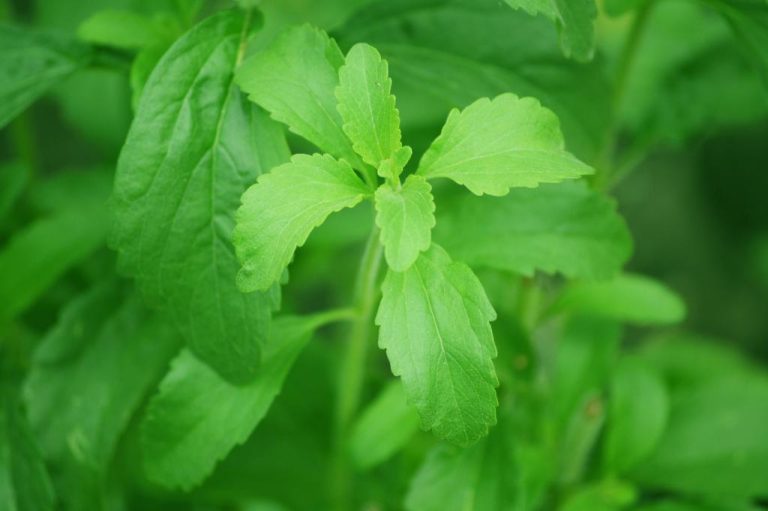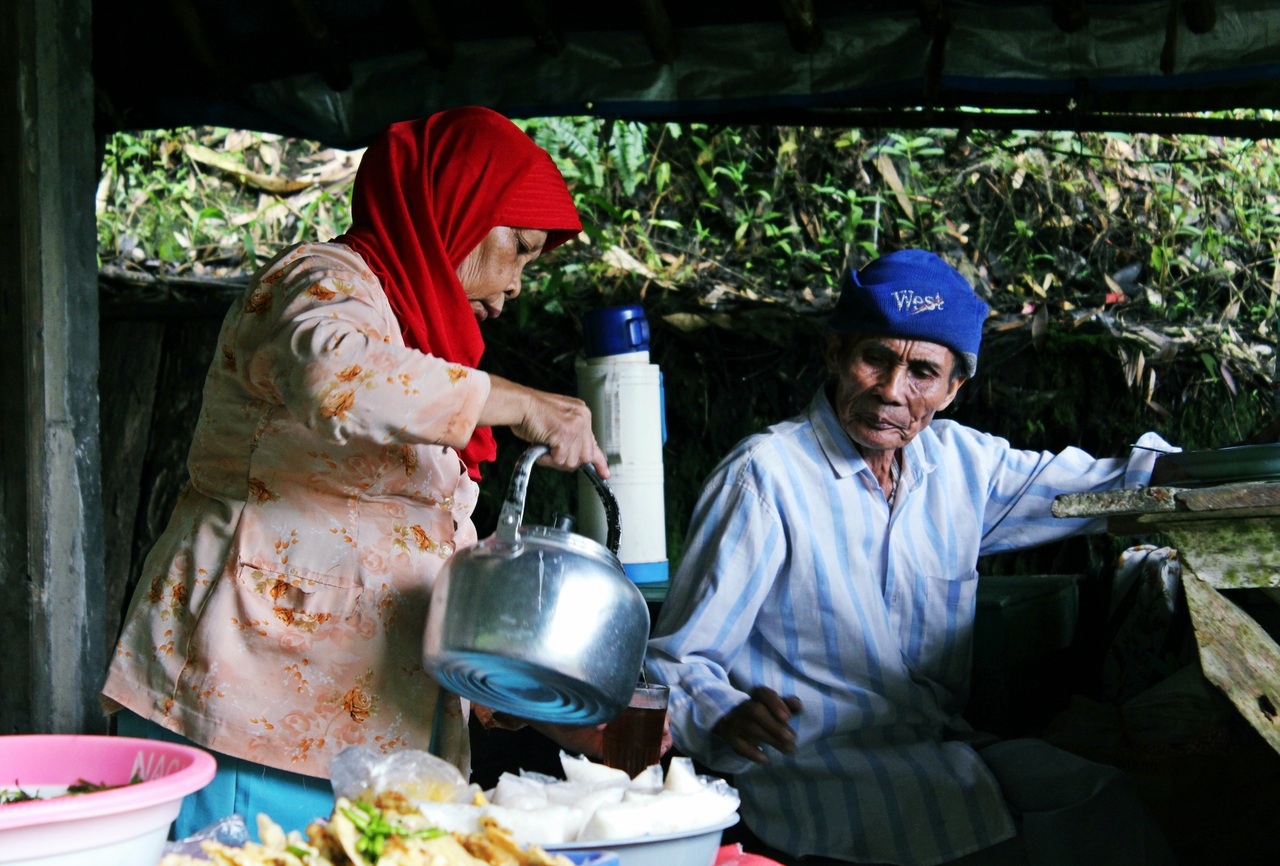Negotiations were held at the UN summit in Montreal on compensating indigenous peoples for using genetic data from organisms. But why does the TU Delft oppose?
Benefits from genetic data of native plants and organisms are not equitably distributed. (Photo: Pxhere.com)
Almost everyone has heard of stevia, the low calorie sweetener used in soft drinks, sweets, jams, desserts and cakes. Manufacturers such as Cargill, DSM and Coca-Cola have made millions from it. But very few people know that it was members of the Guarani people who brought the plant in the forest with the sweet taste to light. It is not the case that the stevia plant is harvested from their lands in the border area between Brazil and Paraguay. The plants are grown in Western countries and processed to extract steviol glycoside, a sweet tasting substance that is hundreds of times sweeter than sugar, low in calories and suitable for hot and cold use. It’s just that no money from sales has ever gone back to the Guarani. “This sort of thing should just not happen anymore. I believe that it is the responsibility of the companies to do something about this.” These are the words of Dr Lotte Asveld, researcher on Ethics & Biotechnology at the Faculty of Applied Sciences (AS).
Last December Asveld and her doctoral candidate Bob Kreiken attended the UN Convention on Biological Diversity in Montreal. As an observer, she was part of a delegation of researchers, diplomats, stakeholders and policymakers from the Netherlands. The first agreements on the use of genetic codes of indigenous organisms were made at the Summit. The ultimate legislation on ‘digital sequence information’ (DSI) should lead to indigenous lands and peoples sharing the income that others earn from bio information from their environment. The money received can be used by the recipient to protect the biotope where the genetic code comes from. Apart from being a fairer way of doing business, DSI legislation is also a way to protect the natural environment and biodiversity.
“An agreement has been made to find a storage facility for genetic data which researchers from member countries pay to access,” says doctoral candidate Bob Kreiken. He studied law at Leiden University and conservation at Wageningen University. “The main idea is that genetic data falls under the Convention and the profits must be shared equally.”
(Text continues below picture)

Low calorie sweetener is obtained from the leaves of the Stevia rebaudiana. (Photo: pxhere)
That sounds good, doesn’t it? But how is it possible that TU Delft has spoken against it? Last summer, TU Delft supported a statement by European researchers that opposed the DSI regulation: Keep Digital Sequence Information a common good <met link naar pdf> . The signatories, which included Vice-Rector Rob Mudde on behalf of TU Delft, demanded free access to the genetic database without the obligation of having to pay. Five questions about this complicated case file.
1. What are the current regulations on genetic rights?
The Nagoya Protocol, named after the town in Japan where the Protocol was signed in 2010, requires countries that ratified the Convention to arrange access to genetic sources, share the profits, and respect the regulations. The European Union and 136 other countries have signed the Convention. Among the major countries who did not sign it are the United States and Israel. As a good example of profit sharing, doctoral candidate Kreiken mentions rooibos, a South African crop. It was originally used by local peoples as a medicinal plant. Since rooibos tea reached Western supermarkets, the people have been compensated by the producers. Local peoples received additional income to support their communities. But Kreiken also knows examples in which “negotiators look at the legalities and find anything missing in good legislation that would allow biopiracy.” In other words, negotiations still do not guarantee a fair outcome.
2. What are the objections to the current regulations?
“Nagoya is about biological materials,” explains Microbiologist Dr Stan Brouns (AS). “So bacteria cultures, a cutting from a plant or a sample from another living being. In our case they are usually materials that are shared among scientists. The current Nagoya regulations mostly cause extra paper work and additional support from TU Delft for the researchers.”
Apart from the administrative burden, Brouns has another objection. “I believe that for microbiology the country of origin is less relevant than it is for plants, for example. If you had gone in search of a certain fungusor bacteria in the Netherlands, you would probably have found it already.”
3. What is the intention behind the new DSI Convention?
There are two main differences between Nagoya and DSI. Nagoya requires a bilateral agreement between the user and the country of origin. The DSI is about a multilateral regulation: a database for genetic codes, access for all signatories, a bank account where those involved in using a genetic code from elsewhere transfer a yet to be decided sum of money. Further, the Nagoya Protocol covers biological materials while the DSI Convention covers biological information, that is, digital sequences in DNA, RNA and proteins.
4. Is there confidence in a DSI Convention?
“I understand that they want to look at the origins of certain data,” says Stan Brouns. “A few countries, including the United States and Israel, did not ratify Nagoya and will probably not sign a DSI Convention either. But that is where our favourite databases are located. Does that mean that we will not be able to consult them anymore? A lot of my colleagues think that the DSI is a bad idea. The rules also go against important developments in open science and open data which are based on everyone everywhere having access. After all, information on research that is financed through tax money should benefit everyone. Should payment requirements be imposed, I cannot imagine what they will bring. It will be a totally unworkable and unenforceable situation.”
5. Could it be done differently?
“I do believe that microbiologists have a point as microorganisms cannot always be traced back to one location,” admits Asveld. “Most microorganisms are found everywhere.” On the bureaucratic objections she says that “There are huge inequalities behind the scenes between Western scientists and the peoples of the Global South. We need to address this. We do not need to wait for this Convention though. What could already be done is to make a budget available in microbiology research projects to work with people in the Global South. They can have a share in the knowledge and have access to the data that emerges. Often they do not have the knowledge or know-how to interpret the data. We need to show good will to ease the distrust between the parties involved.”

Since rooibos tea reached western supermarkets, tribes in South Africa have been compensated by producers. (Photo: Pxhere)
Do you have a question or comment about this article?
j.w.wassink@tudelft.nl


Comments are closed.